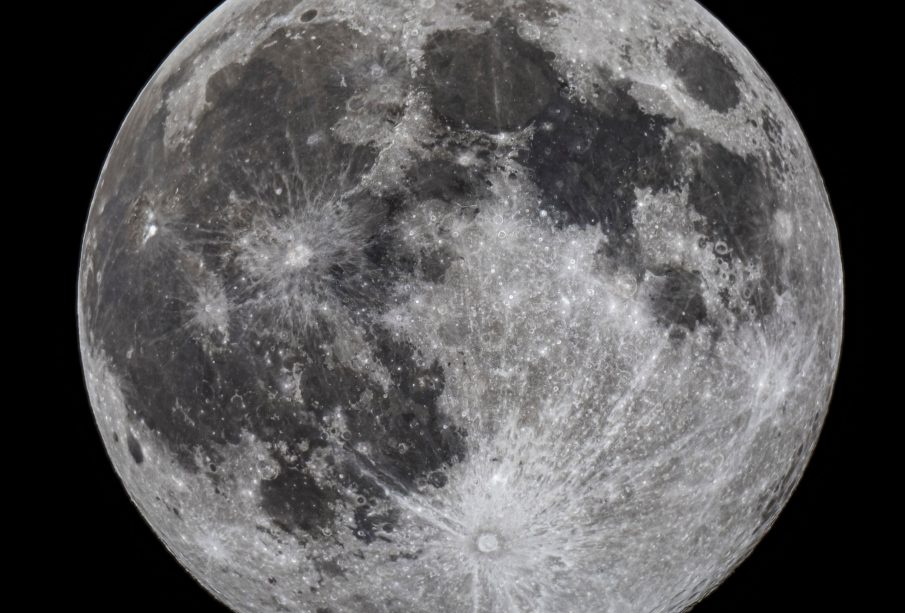Understanding the Full Moon: Its Impact and Significance

The Importance of the Full Moon
The full moon has long captured the human imagination, featuring prominently in mythology, art, and cultural practices across the globe. In recent years, interest in the full moon has risen, not only among astronomers but also among those fascinated by its beauty and supposed influence on human behavior. Many people regard the full moon as a time for reflection, celebration, and even healing.
Upcoming Full Moon Events
In October 2023, the ‘Hunter’s Moon’ will take place on the night of October 28. Traditionally associated with the time of year when hunters would begin preparing for winter, this full moon sees a peak of light in the night sky, making it an ideal time for moonlit walks and observatory trips. Communities around Canada celebrate this phase with various outdoor activities, including moon-gazing events and cultural festivals.
Scientific Understanding of the Full Moon
Scientifically, the full moon occurs when the Earth is positioned directly between the Sun and the Moon, allowing sunlight to fully illuminate the lunar surface. This phenomenon occurs approximately once every 29.5 days. Interestingly, research has shown that the full moon may affect certain human behaviors, impacting sleep patterns and even increasing emergency room visits. However, the extent of these influences is still a topic of debate among scientists.
Conclusion
The full moon remains an enduring subject of fascination, bridging the realms of science and spirituality. As people prepare to experience the next full moon, it serves as a reminder of the vast, dynamic universe that surrounds us. For those interested in participating in related events, local astronomy clubs often host viewings and discussions that go beyond mere observation, exploring the cultural and scientific significance of this celestial phenomenon.








